- Have any questions?
- +86-189 8930 5995
- sales@mosinterchem.com.cn
Emtricitabine CAS 143491-57-0

Lamivudine CAS 134678-17-4
06/12/2018
Saquinavir Mesylate CAS 149845-06-7
06/12/2018| Model: | MOS143491-57-0 |
| Place of Origin: | Zhejiang,China (Mainland) |
| Brand: | MOSINTER |
| Molecular Formul: | C8H10FN3O3S |
| Molecular Weight: | 247.2467 |
| CAS NO.: | 143491-57-0 |
| Boiling point: | 443.281°C at 760 mmHg |
| Density: | 1.829g/cm3 |
| Melting point: | 136-140°C |
| Flash point: | 221.889°C |
| Vapour Pressur: | 0mmHg at 25°C |
Emtricitabine CAS: 143491-57-0
| Molecular Formula | C8H10FN3O3S |
| Molecular Weight | 247.2467 |
| Density | 1.829g/cm3 |
| Melting point | 136-140°C |
| Boiling point | 443.281°C at 760 mmHg |
| Refractive index | 1.731 |
| Flash point | 221.889°C |
| Vapour Pressur | 0mmHg at 25°C |
Emtricitabine is indicated in combination with other antiretroviral agents for the treatment of HIV infection in adults
HBV infection
Emtricitabine exhibits clinical activity against the hepatitis B virus (HBV). Among individuals with chronic HBV infection, emtricitabine treatment results in significant histologic, virologic, and biochemical improvement. The safety profile of emtricitabine during treatment is similar to that of a placebo. Emtricitabine, however, cures neither HIV nor HBV infection. In a study involving individuals with HBV infection, symptoms of infection returned in 23% of emtricitabine-treated individuals who were taken off therapy. In studies involving individuals with chronic HIV infection, viral replication also resumes when study subjects are taken off therapy.
Side effects
In clinical practice, toxicity with emtricitabine is unusual. The most common treatment-related adverse events are diarrhea, headache, nausea, and rash. These symptoms are generally mild to moderate in severity, but they caused 1% of clinical trial patients to give up treatment. Skin discoloration, which is typically reported as hyperpigmentation and usually affects either the palms of the hands or the soles of the feet, is reported in less than 2% of individuals and is almost exclusive to patients of African origin.
Among the more severe side effects patients may experience are a hepatotoxicity or a lactic acidosis.
Mechanism of action
Emtricitabine is an analogue of cytidine. The drug works by inhibiting reverse transcriptase, the enzyme that copies HIV RNA into new viral DNA. By interfering with this process, which is central to the replication of HIV, emtricitabine can help to lower the amount of HIV, or “viral load”, in a patient’s body and can indirectly increase the number of immune system cells (called T cells or CD4+ T-cells). Both of these changes are associated with healthier immune systems and decreased likelihood of serious illness.
You must be logged in to post a review.

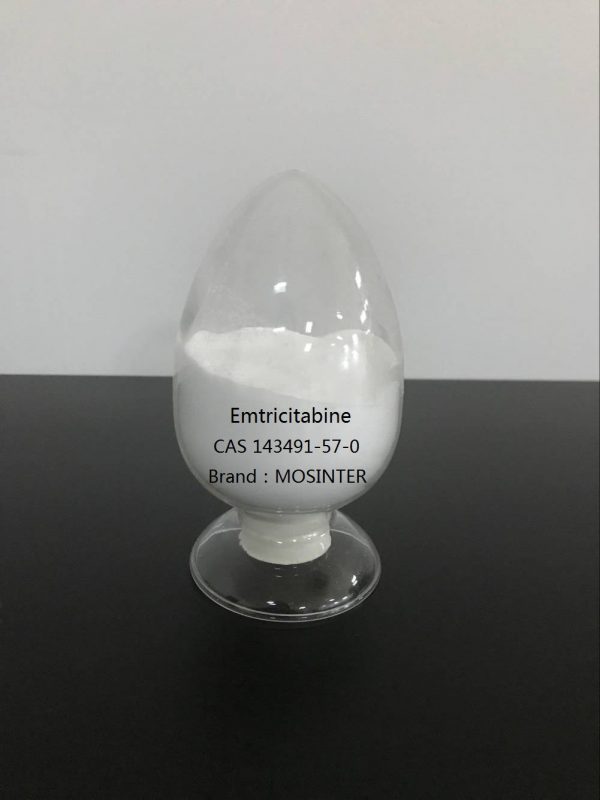
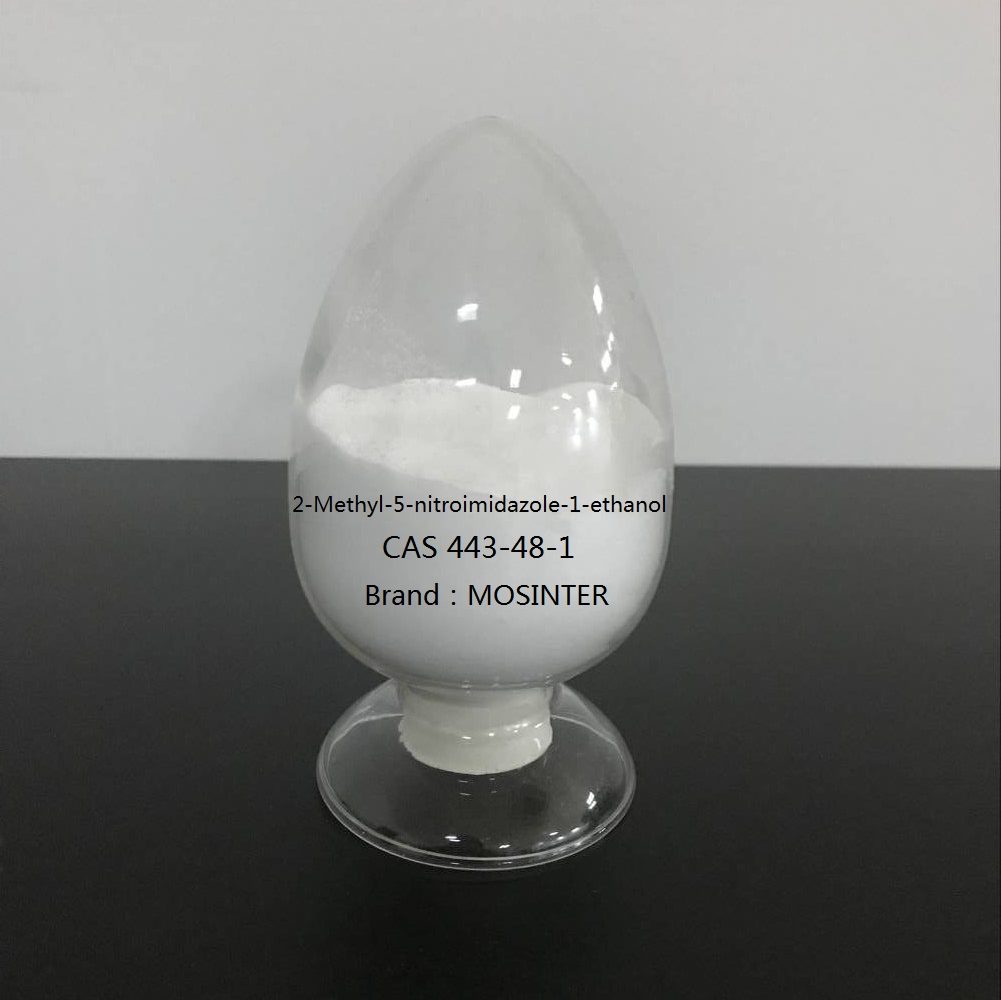
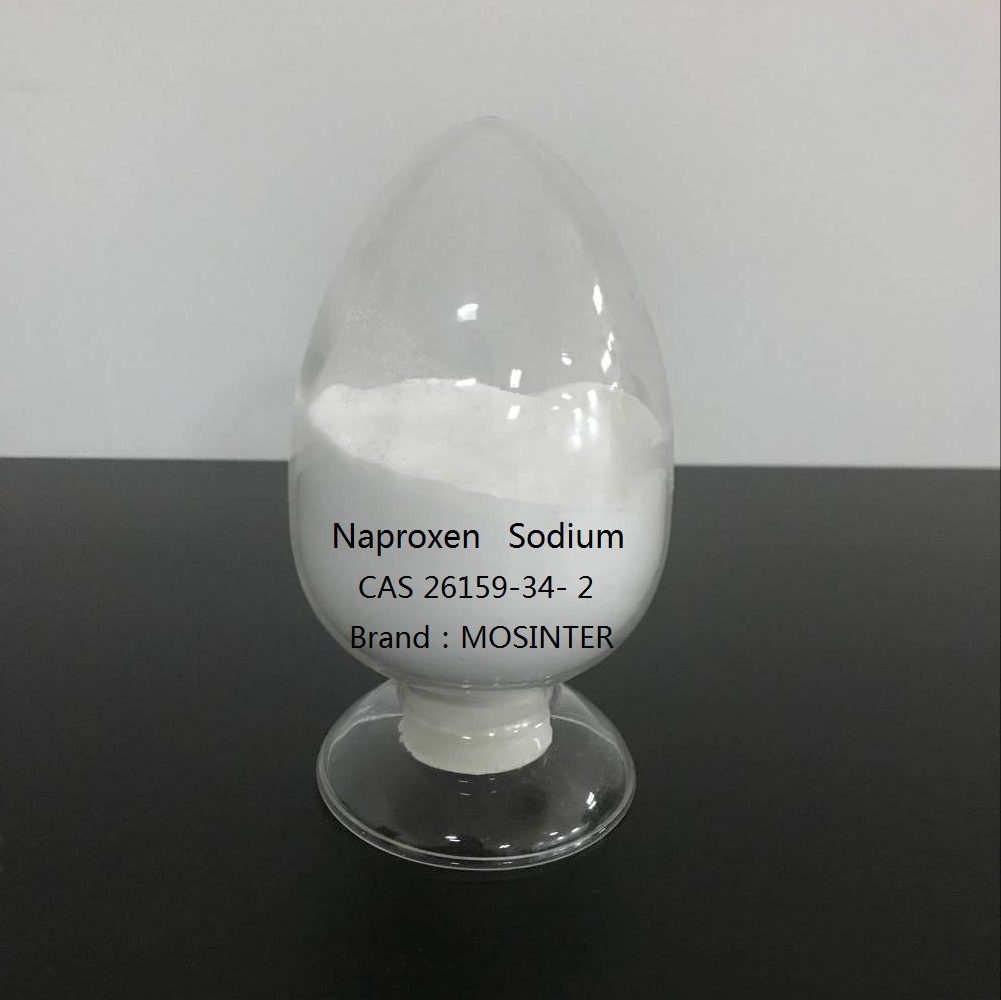
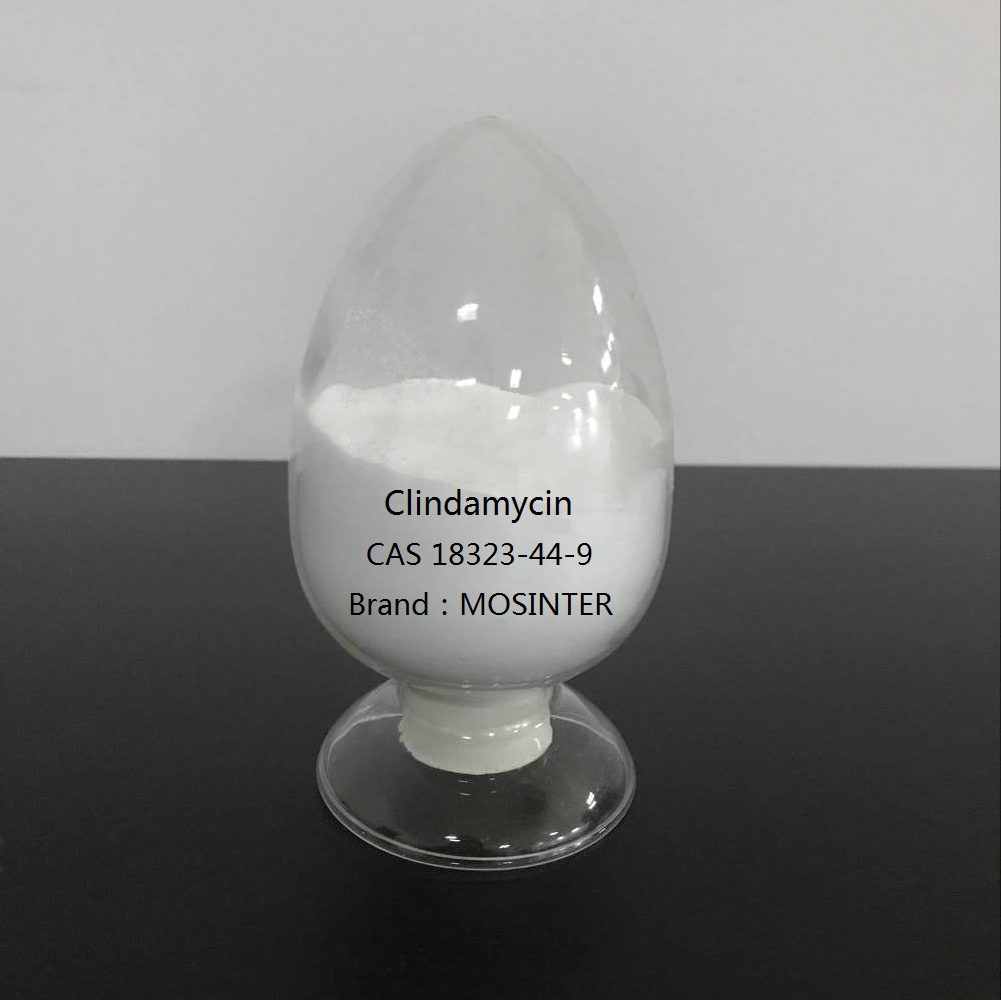
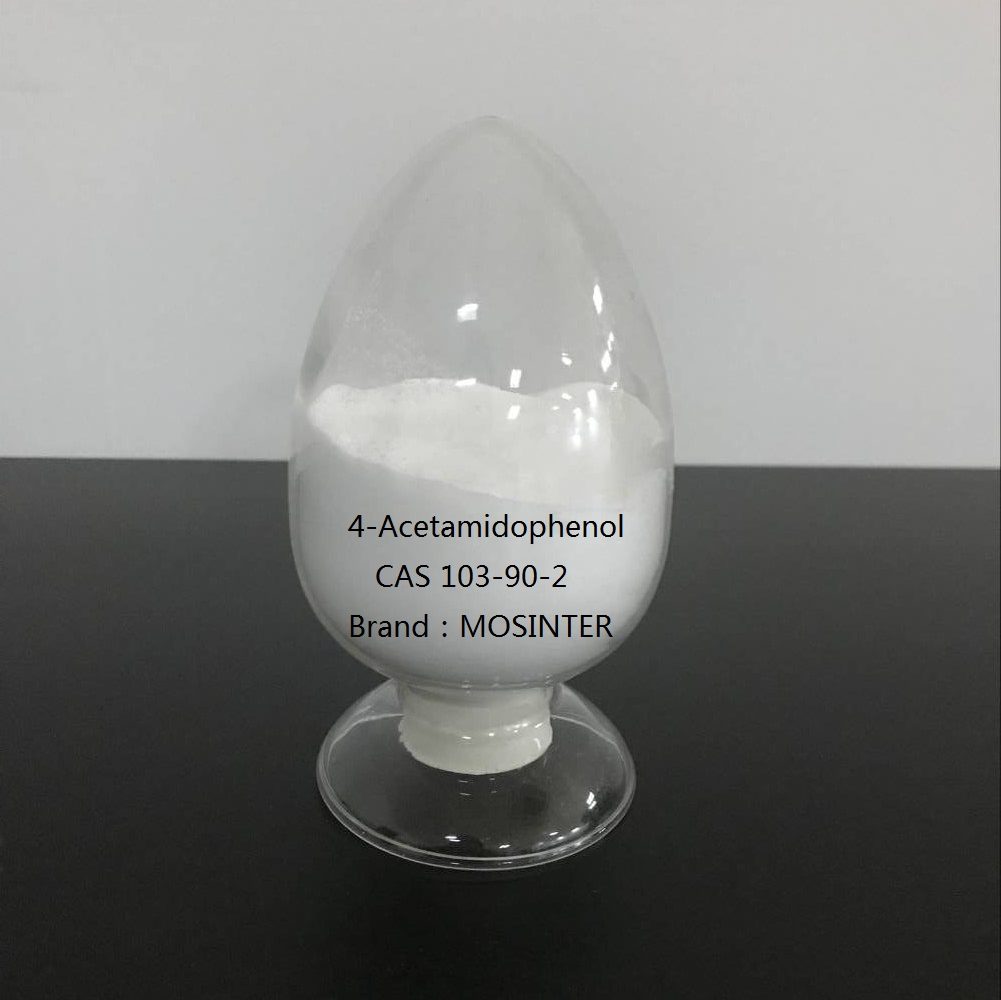
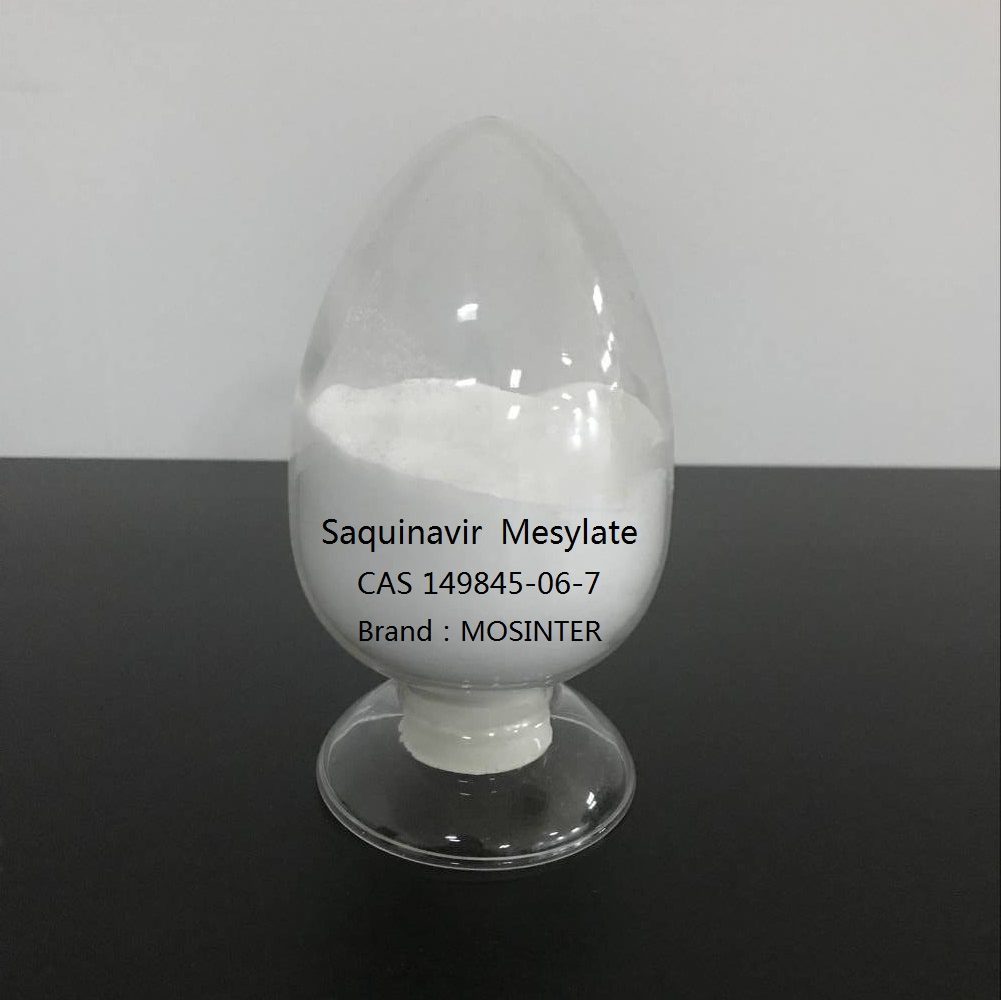
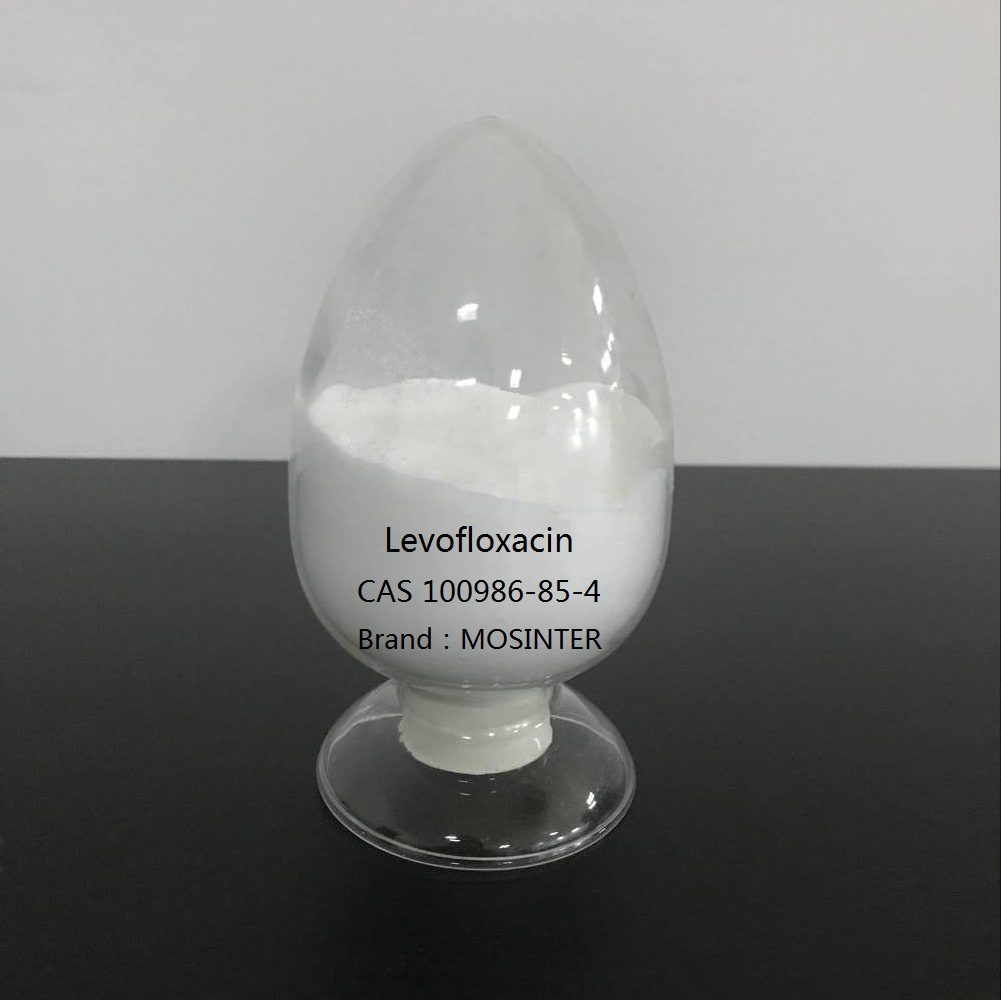
Reviews
There are no reviews yet.